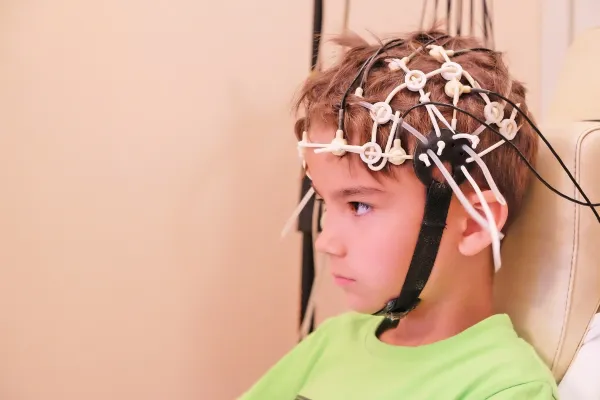
Question: An established patient with history of frequent headaches reports to the office for an electroencephalogram (EEG). The provider notes state that the provider performed an EEG while the patient was awake, and then continued recording after the patient was asleep. How do I code this scenario?
Maryland Subscriber
Answer: If the patient was awake initially and then asleep later during EEG recording, you may report 95819 (Electroencephalogram [EEG]; including recording awake and asleep). The physician uses this EEG to compare activity in the patient’s waking and sleeping patterns.
That’s not the only EEG your physician might perform, however. These codes also represent EEGs the physician might perform, depending on the patient’s needs:
Tips: Per CPT®, when the physician uses hyperventilation or photic stimulation during performance of 95812-95822, it is bundled into the procedure code and not separately reportable. Further, there are no time parameters in the descriptors for 95816-95822. CPT® reports, however, that “Routine EEG codes 95816-95822 include 20 to 40 minutes of recording.”
